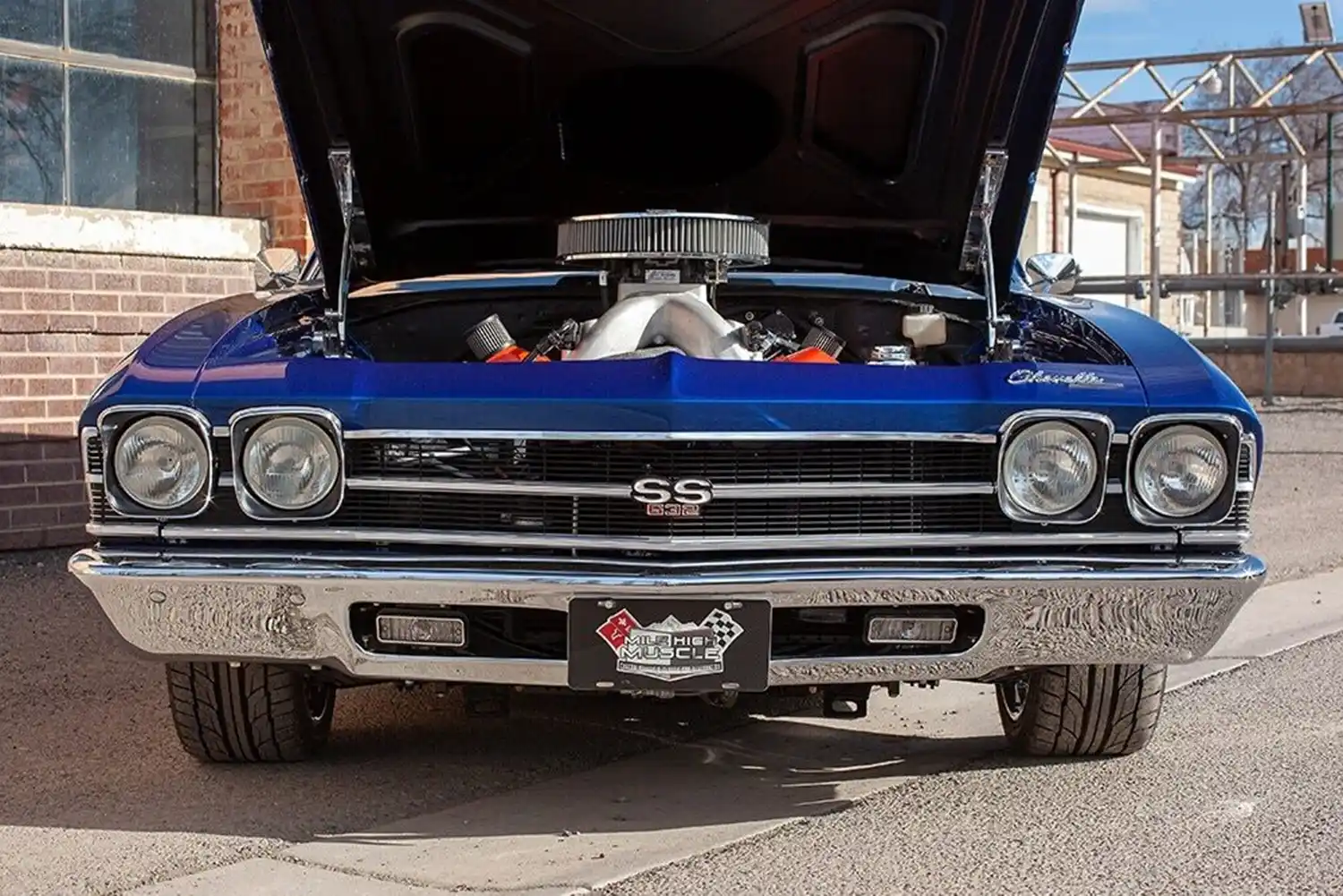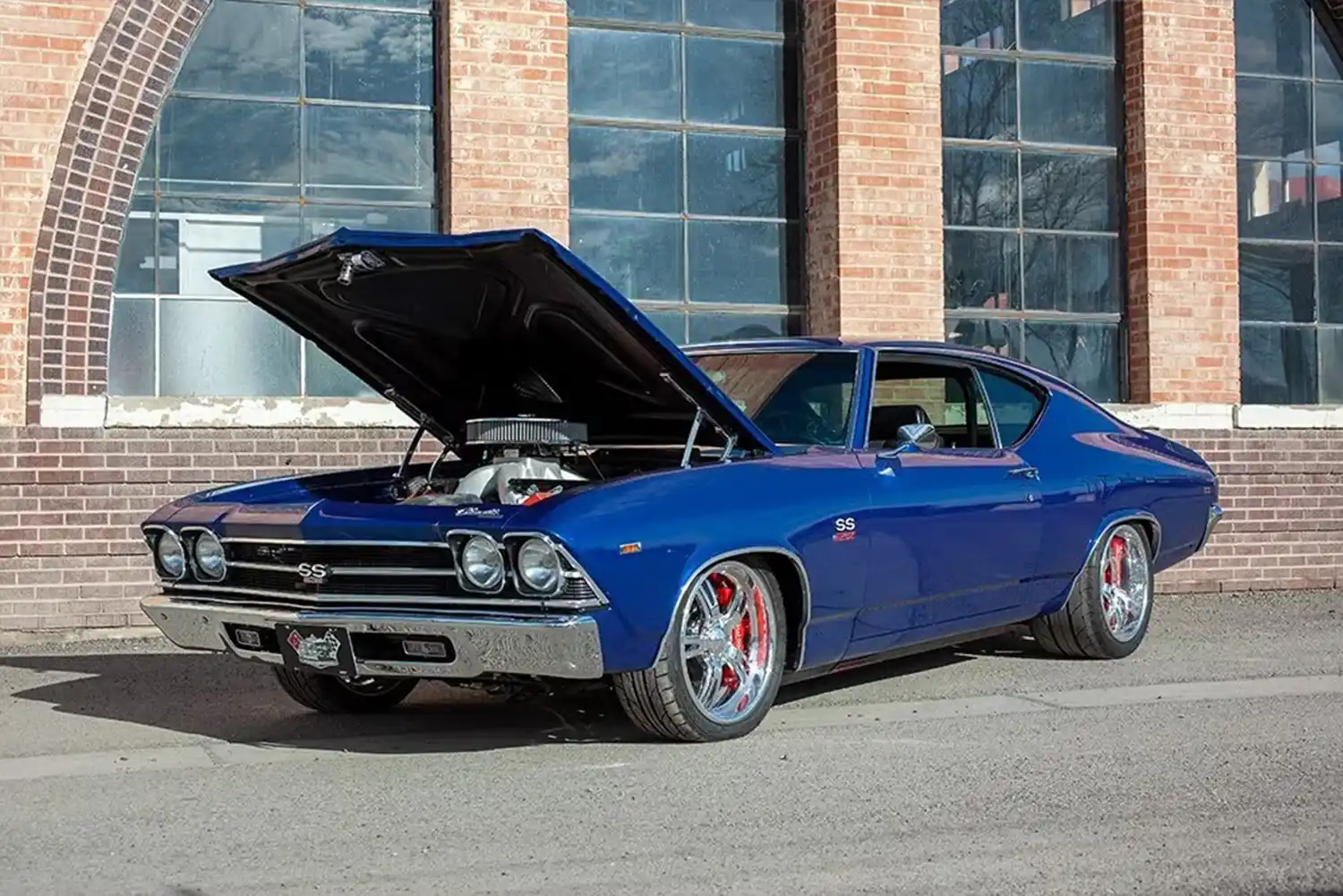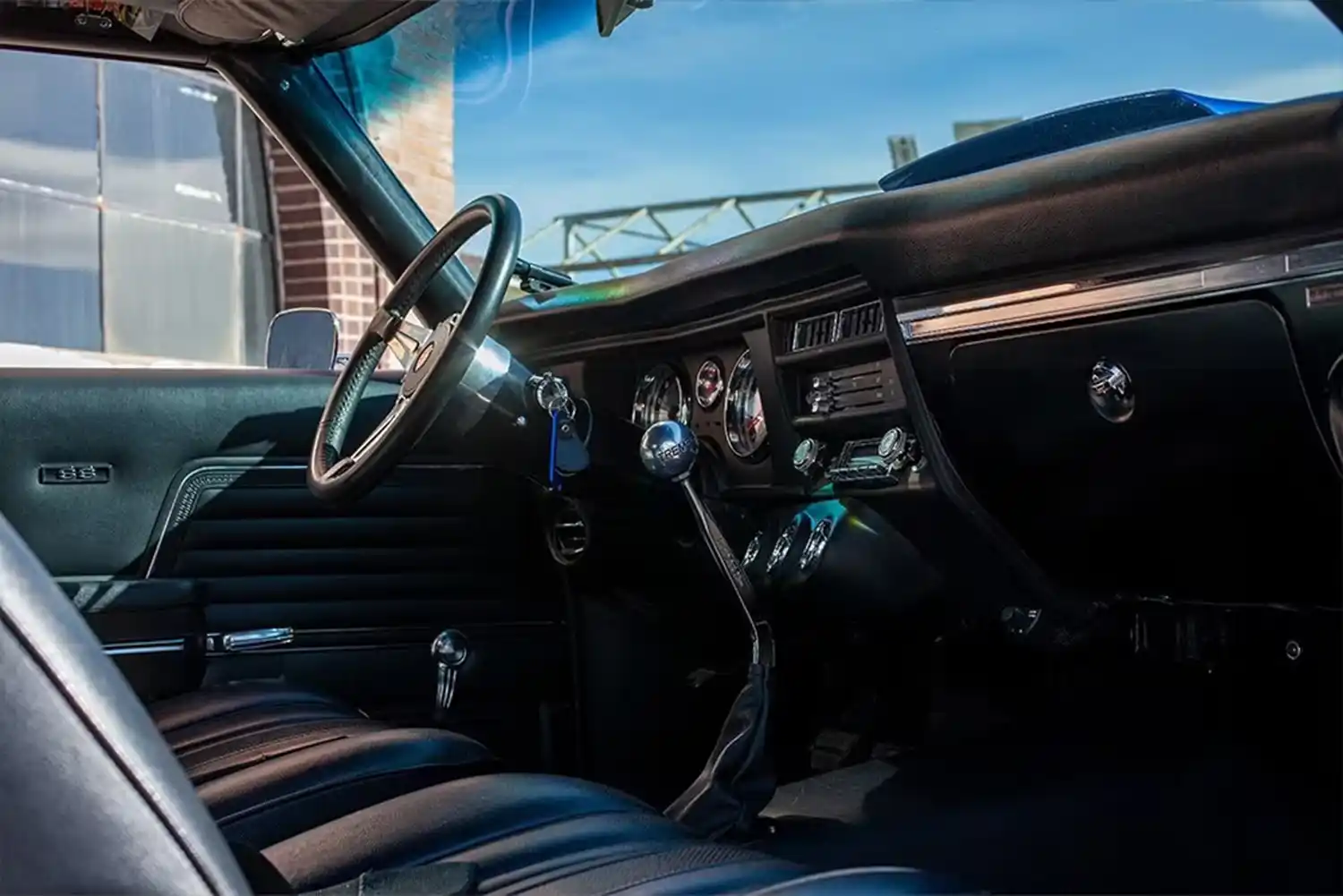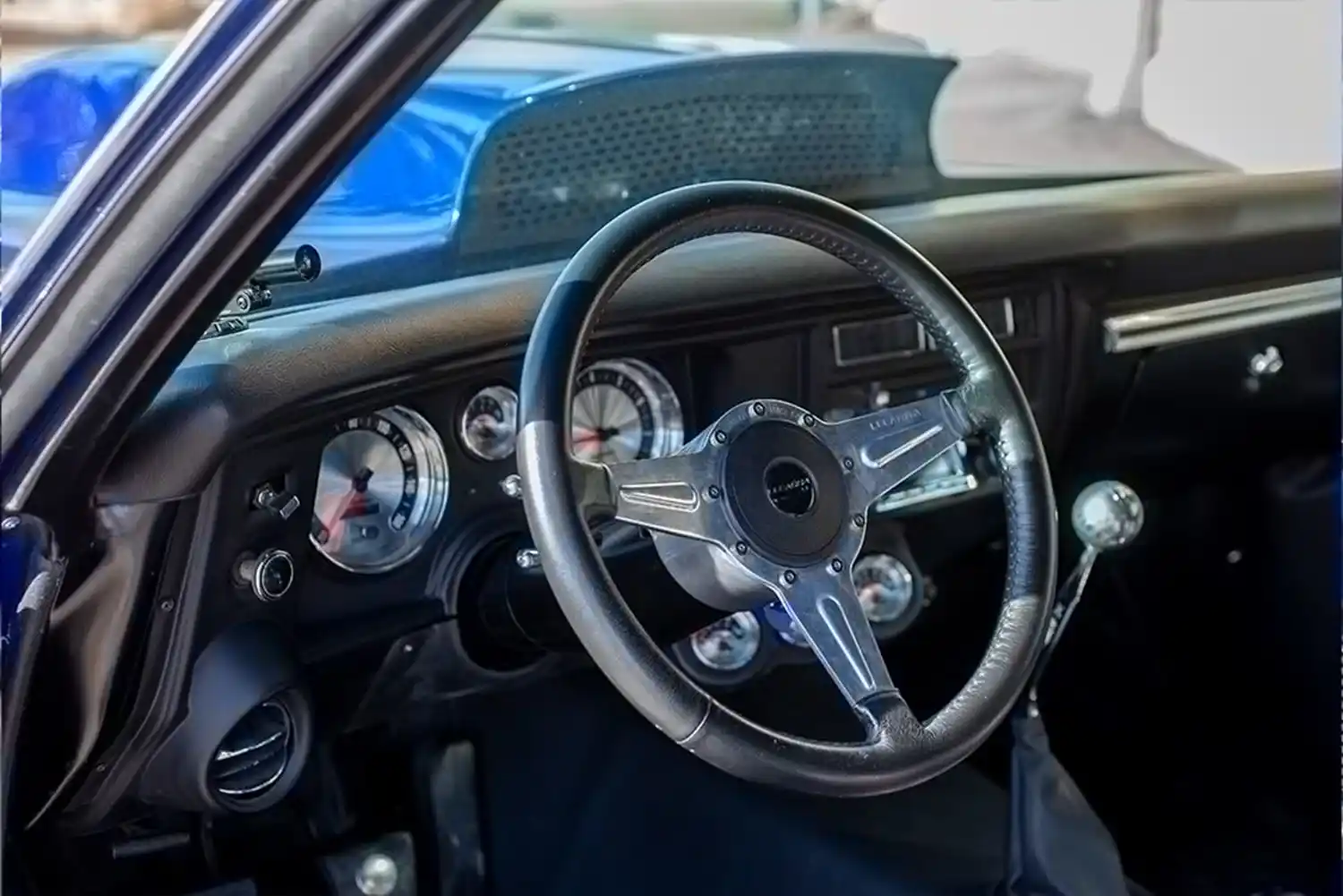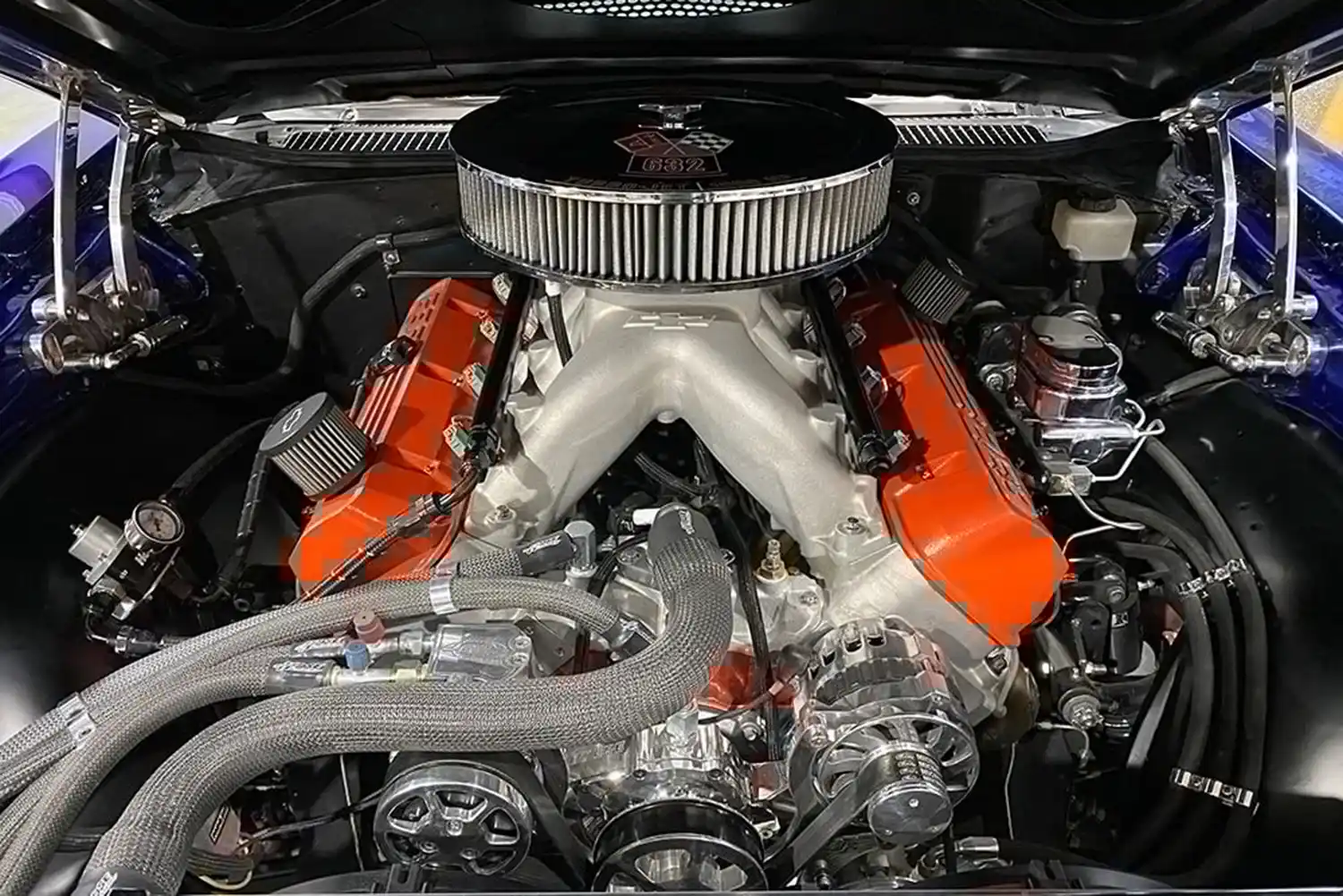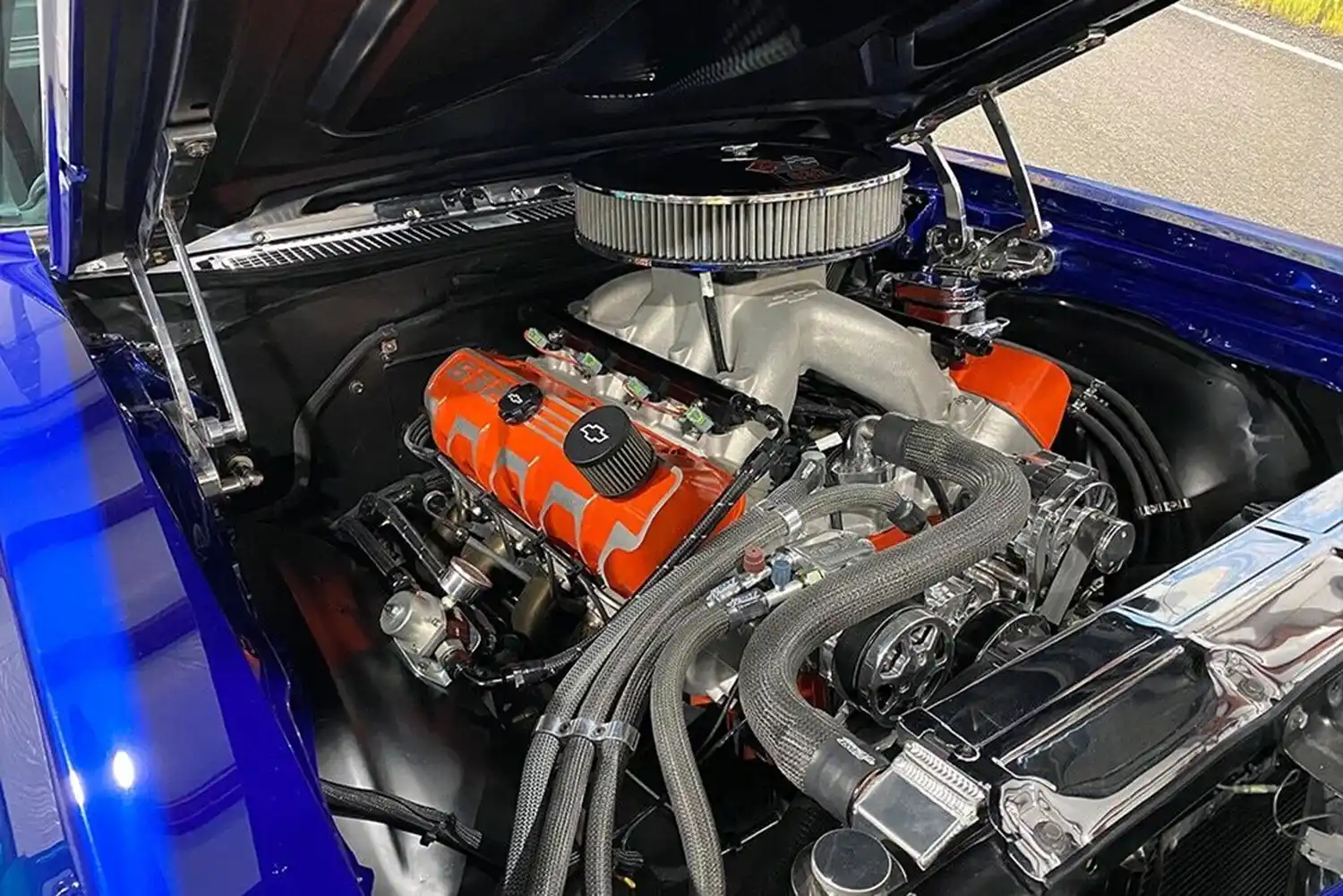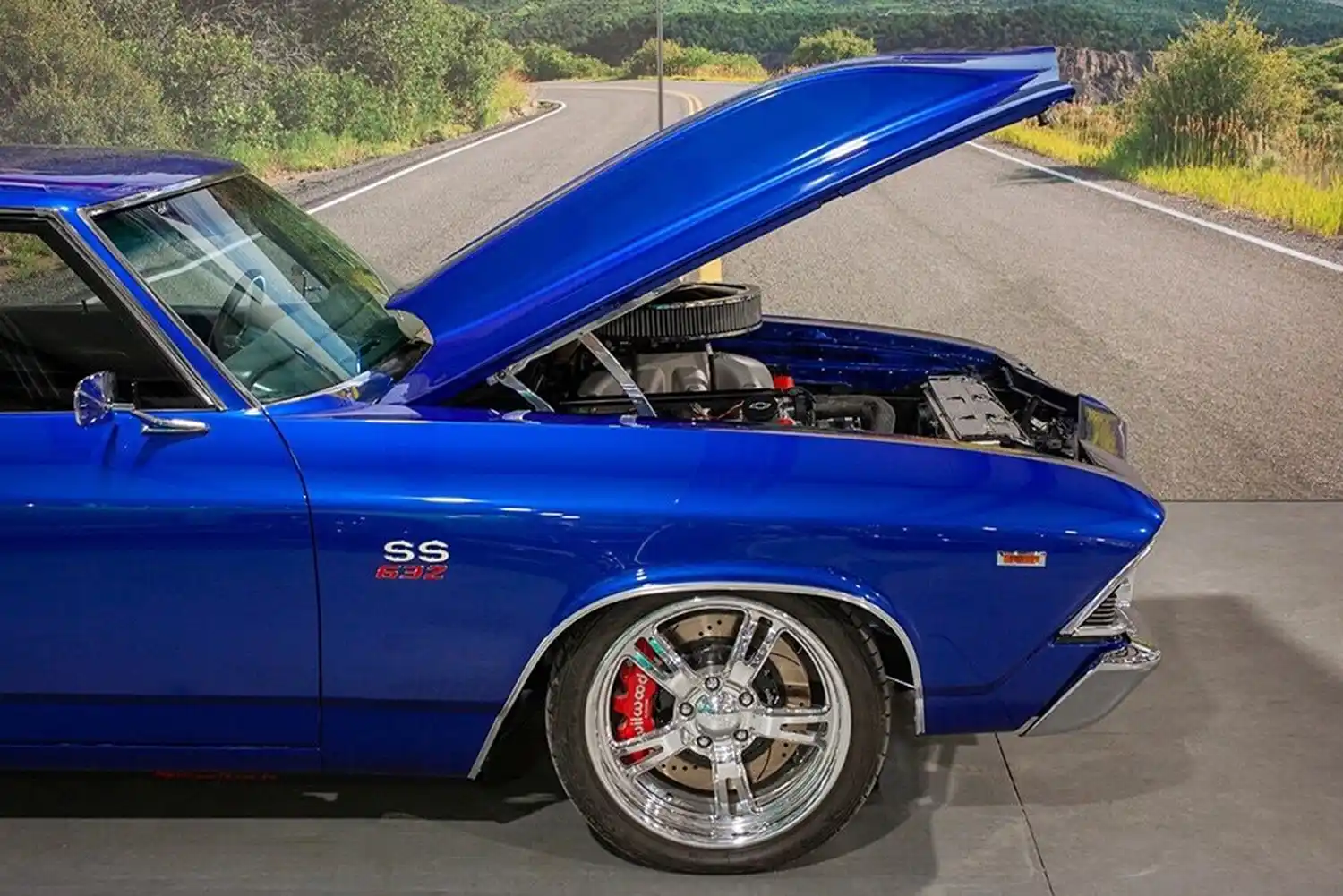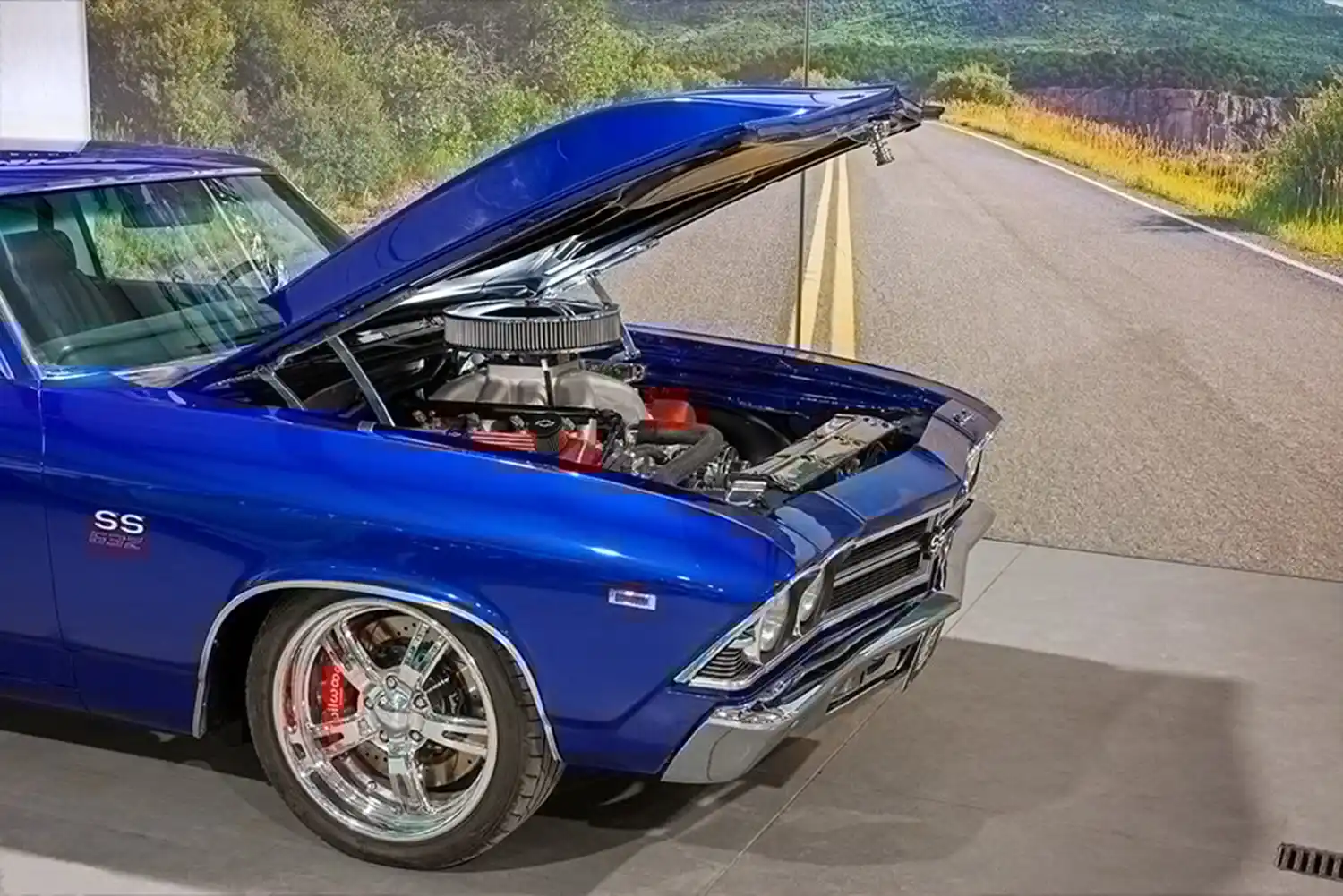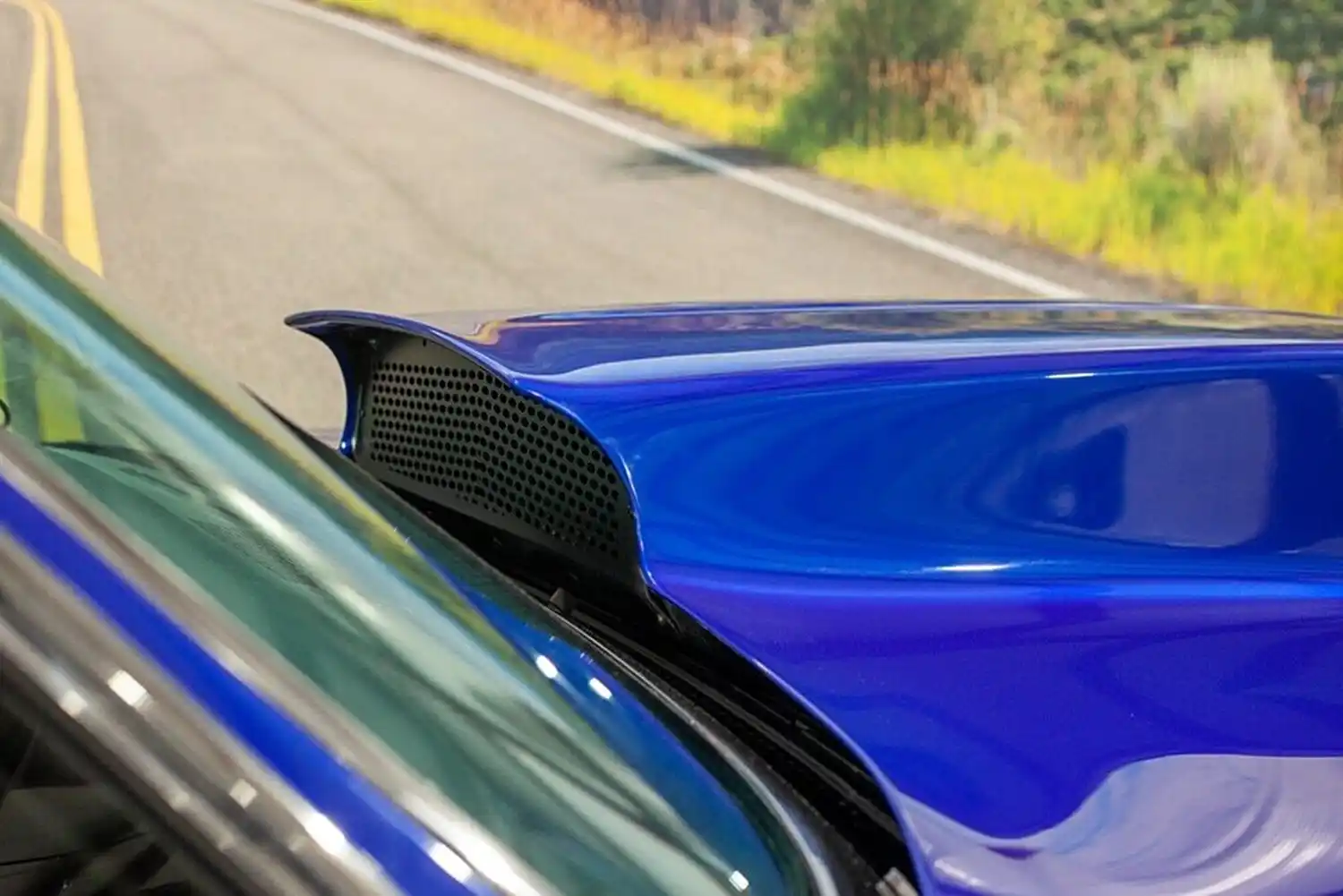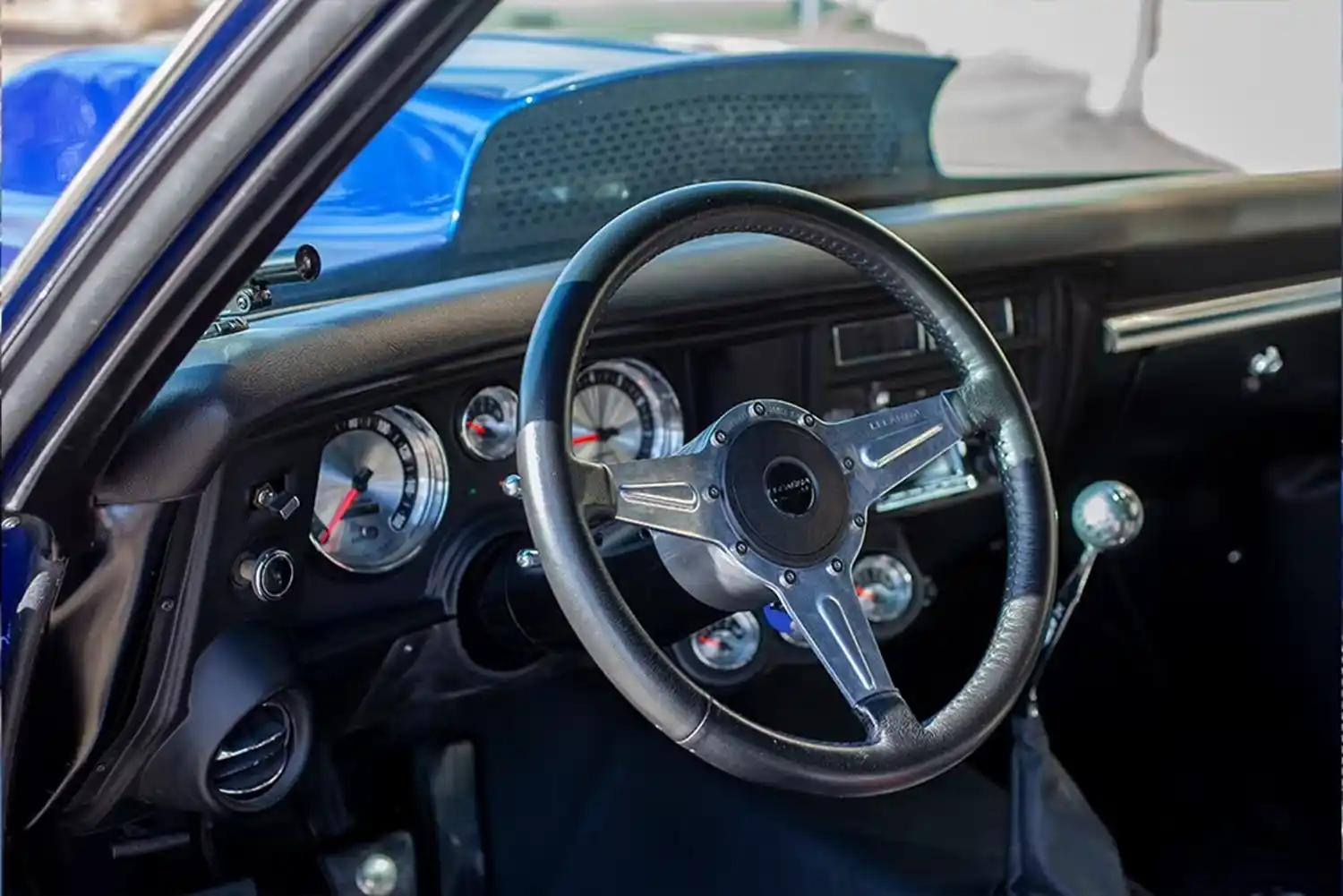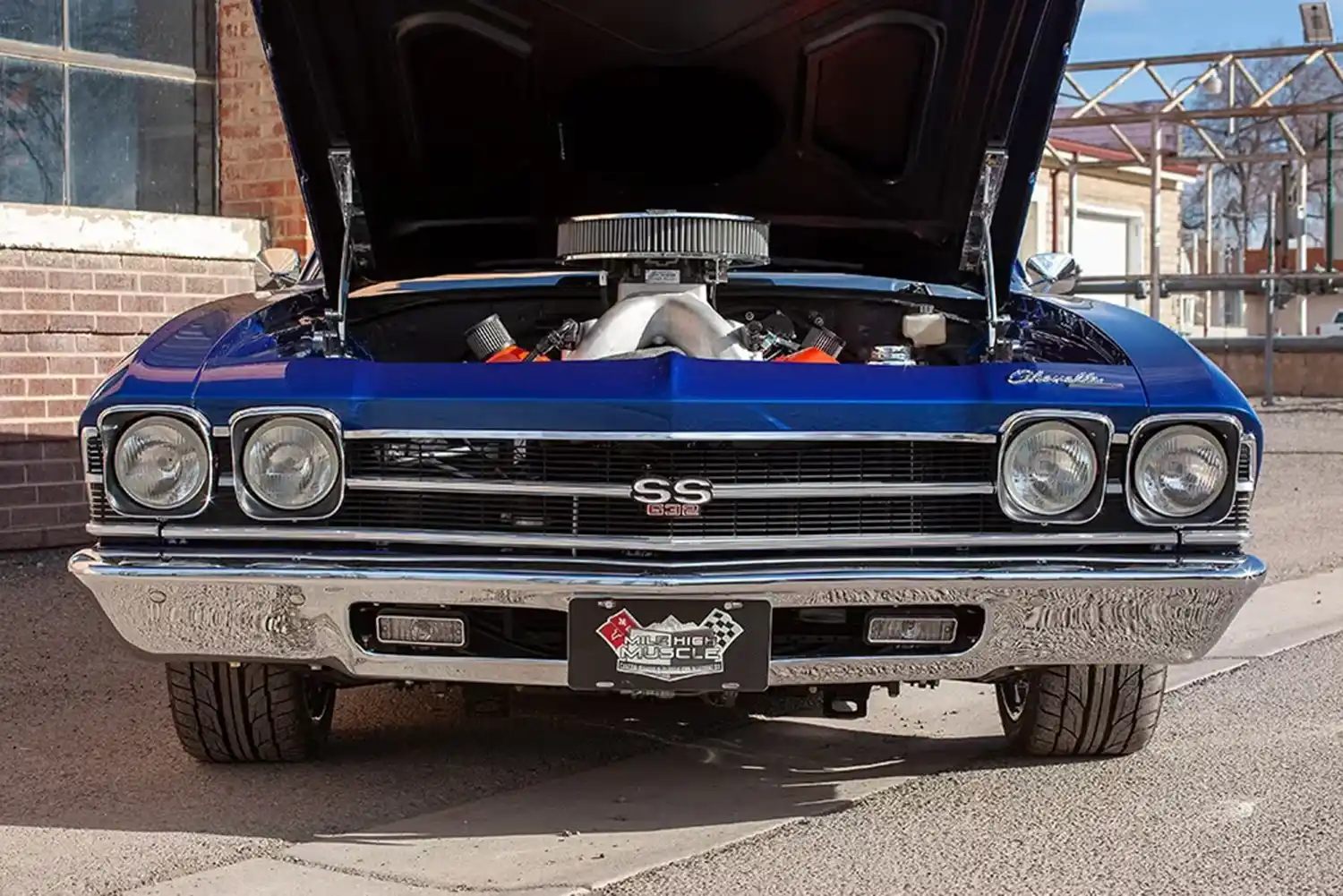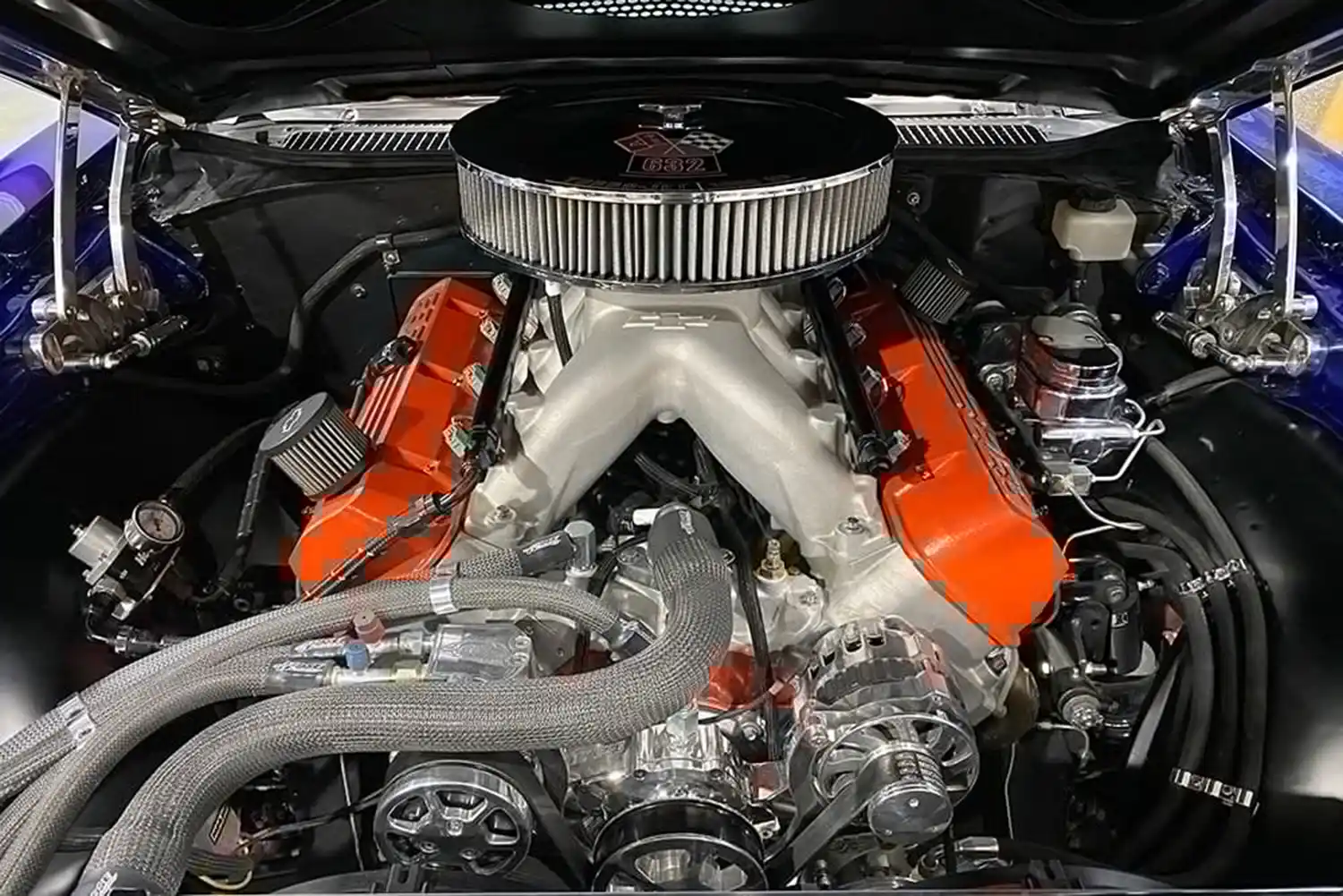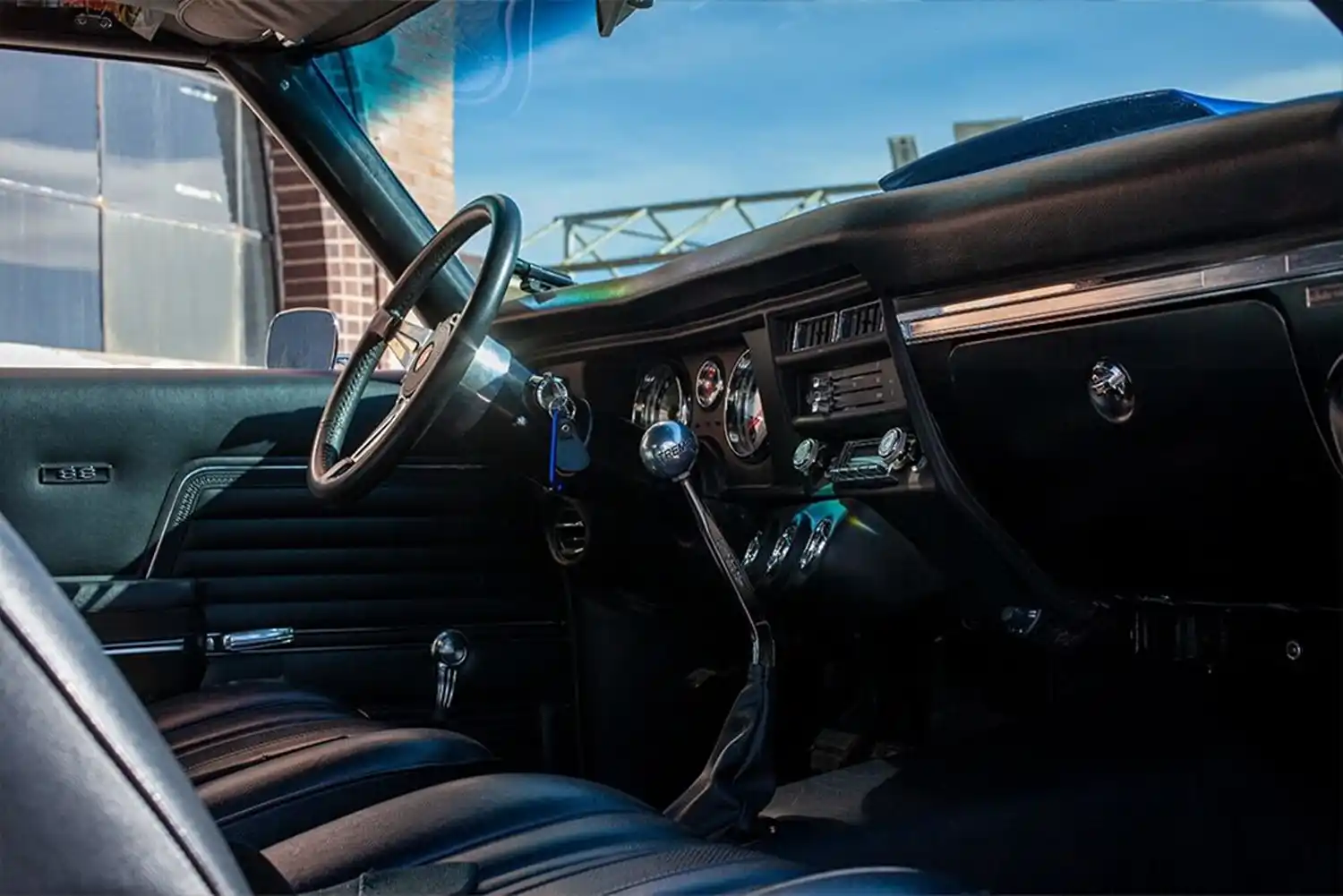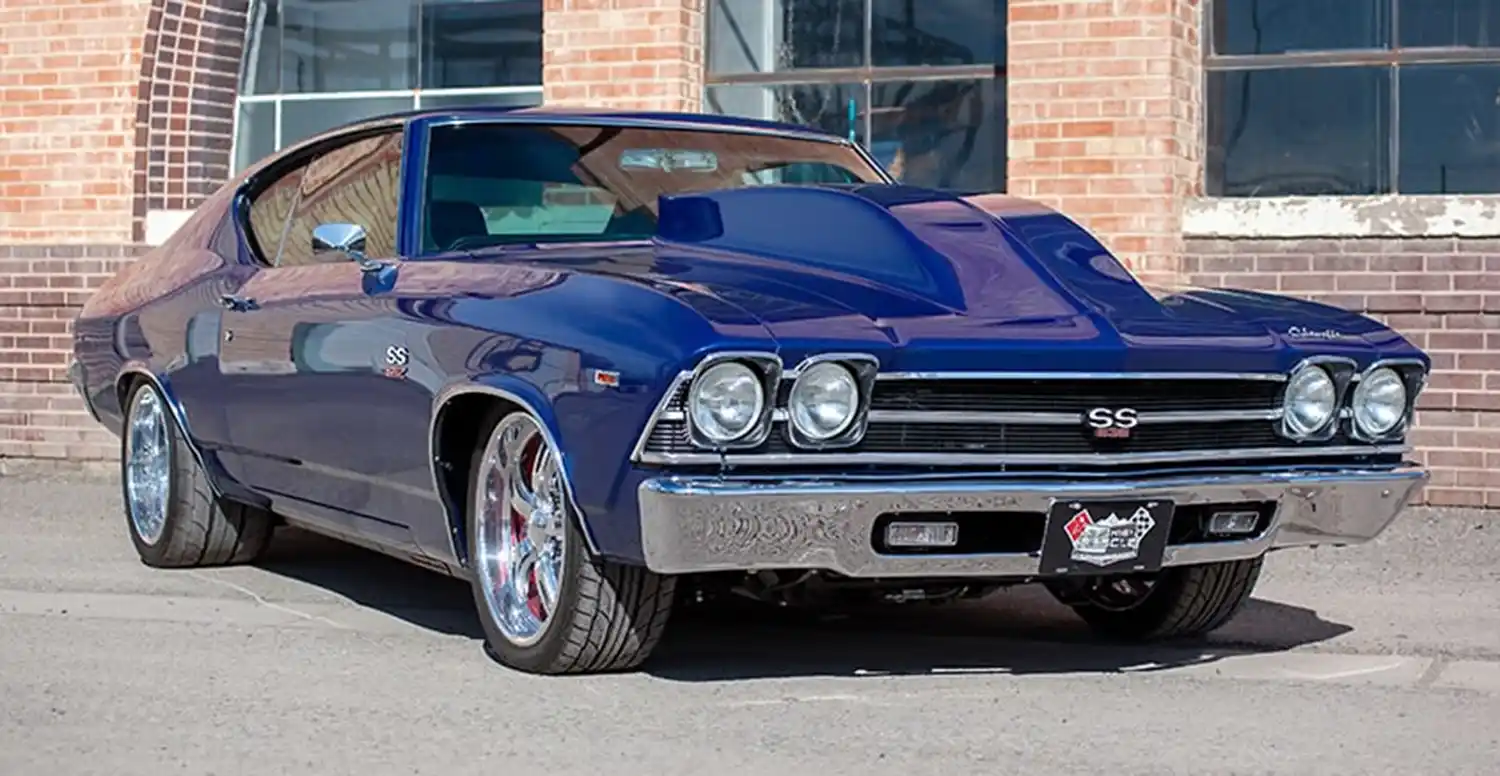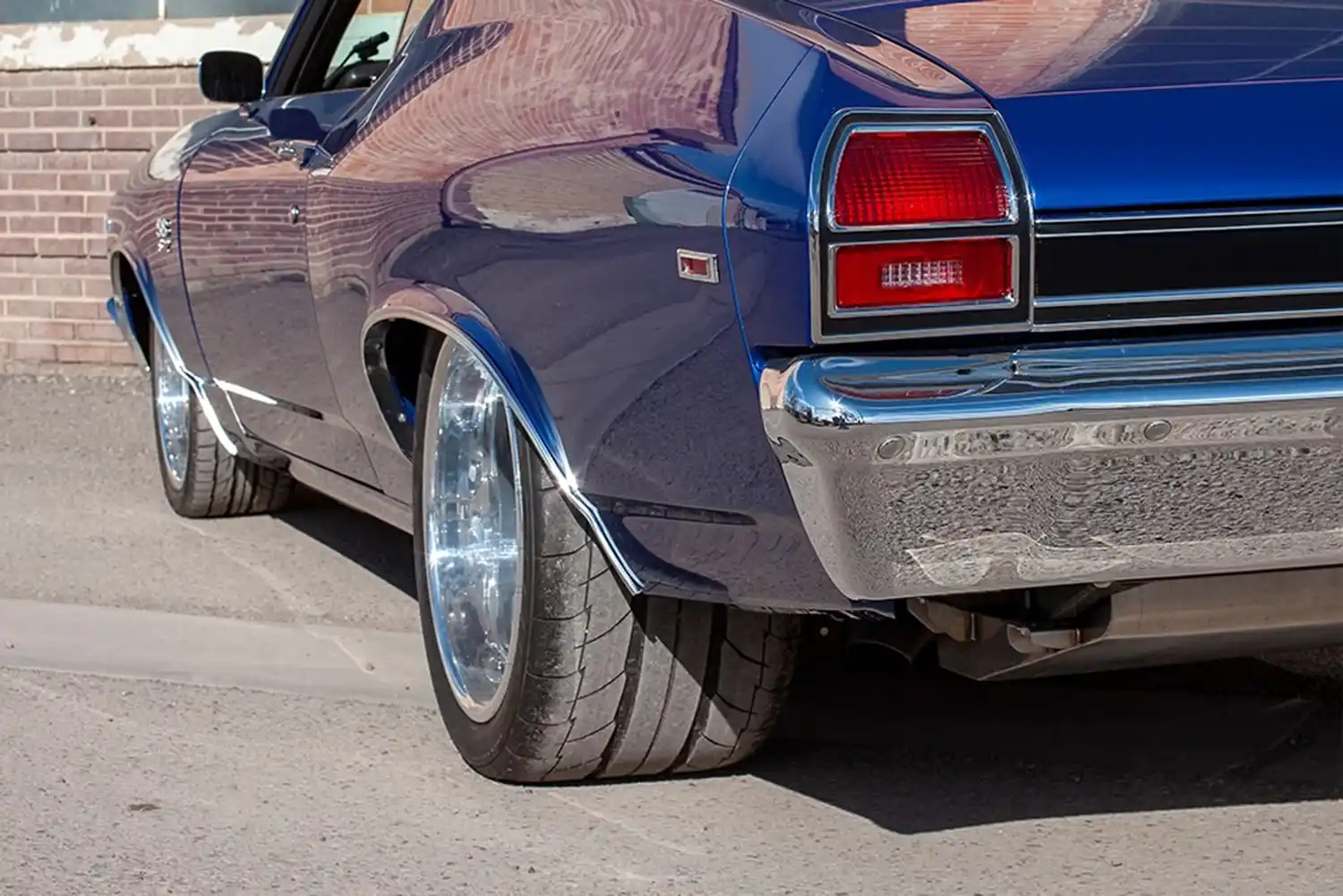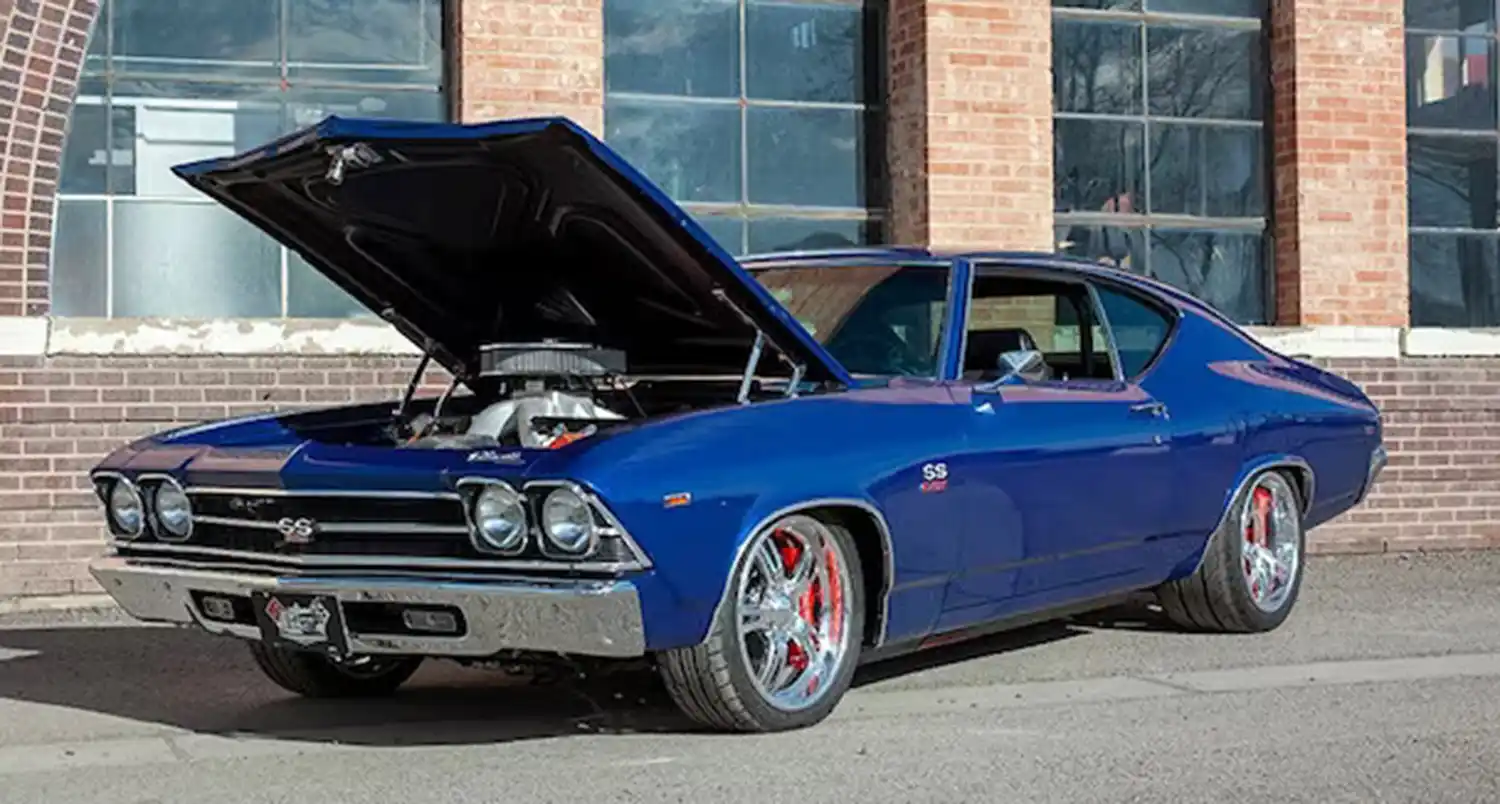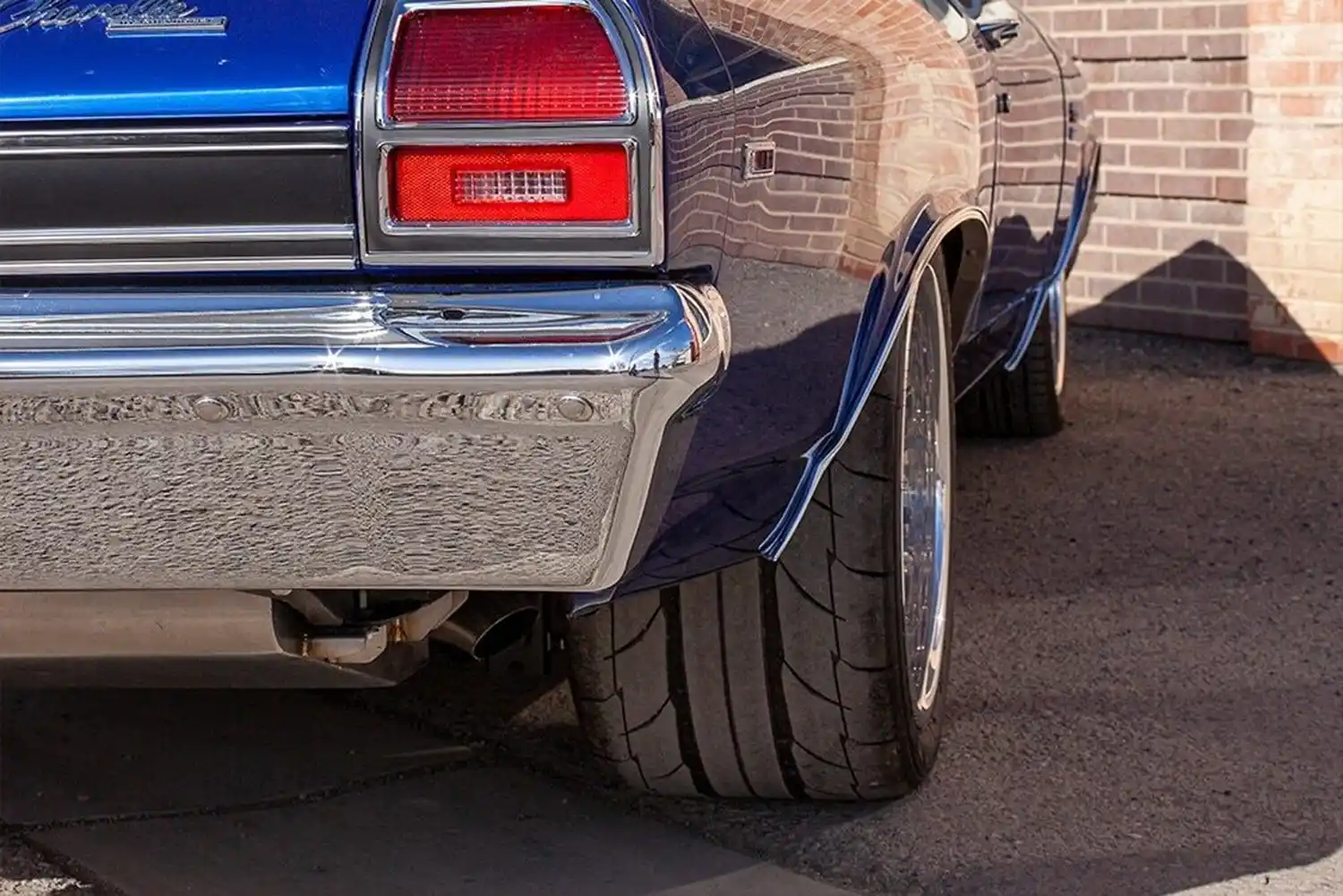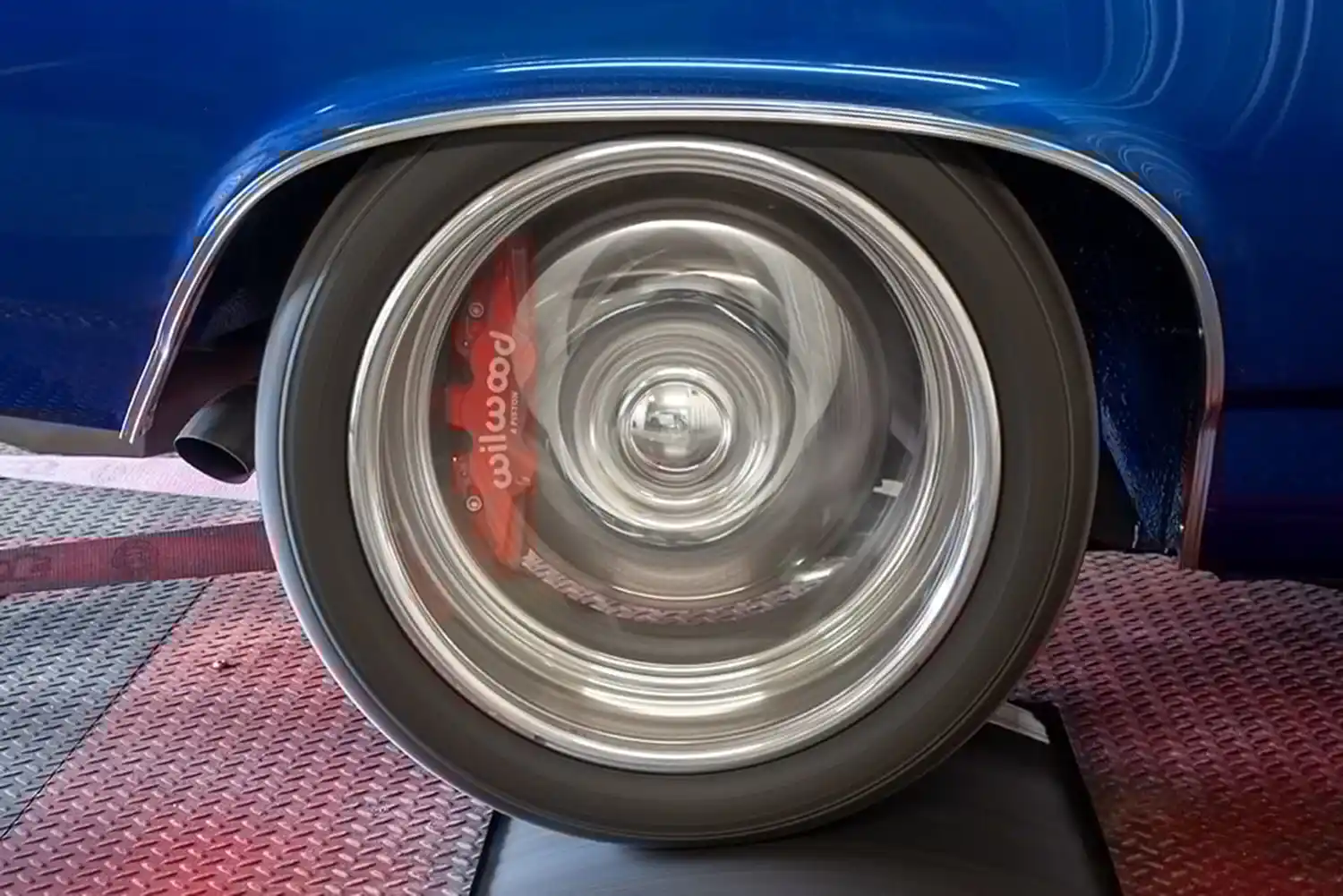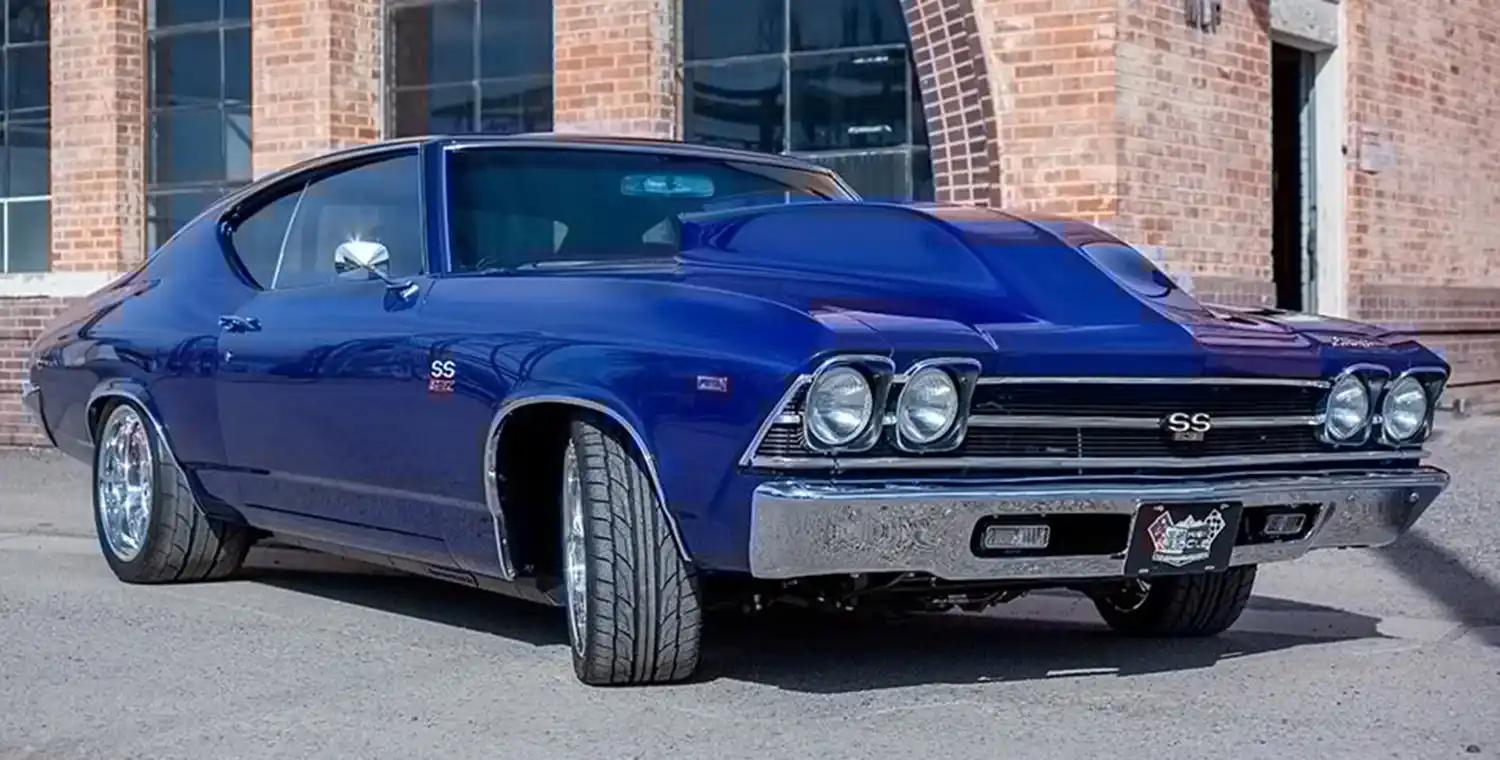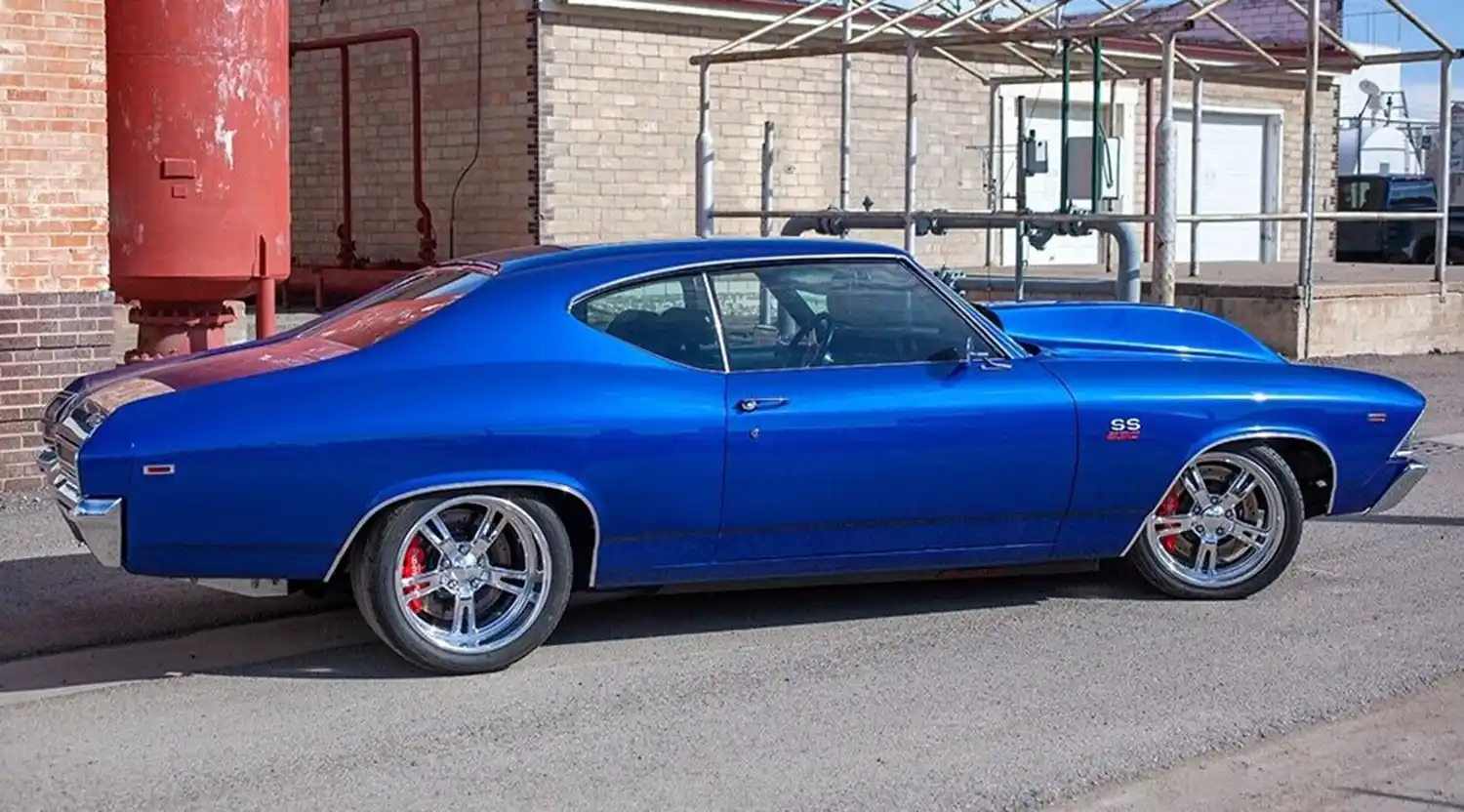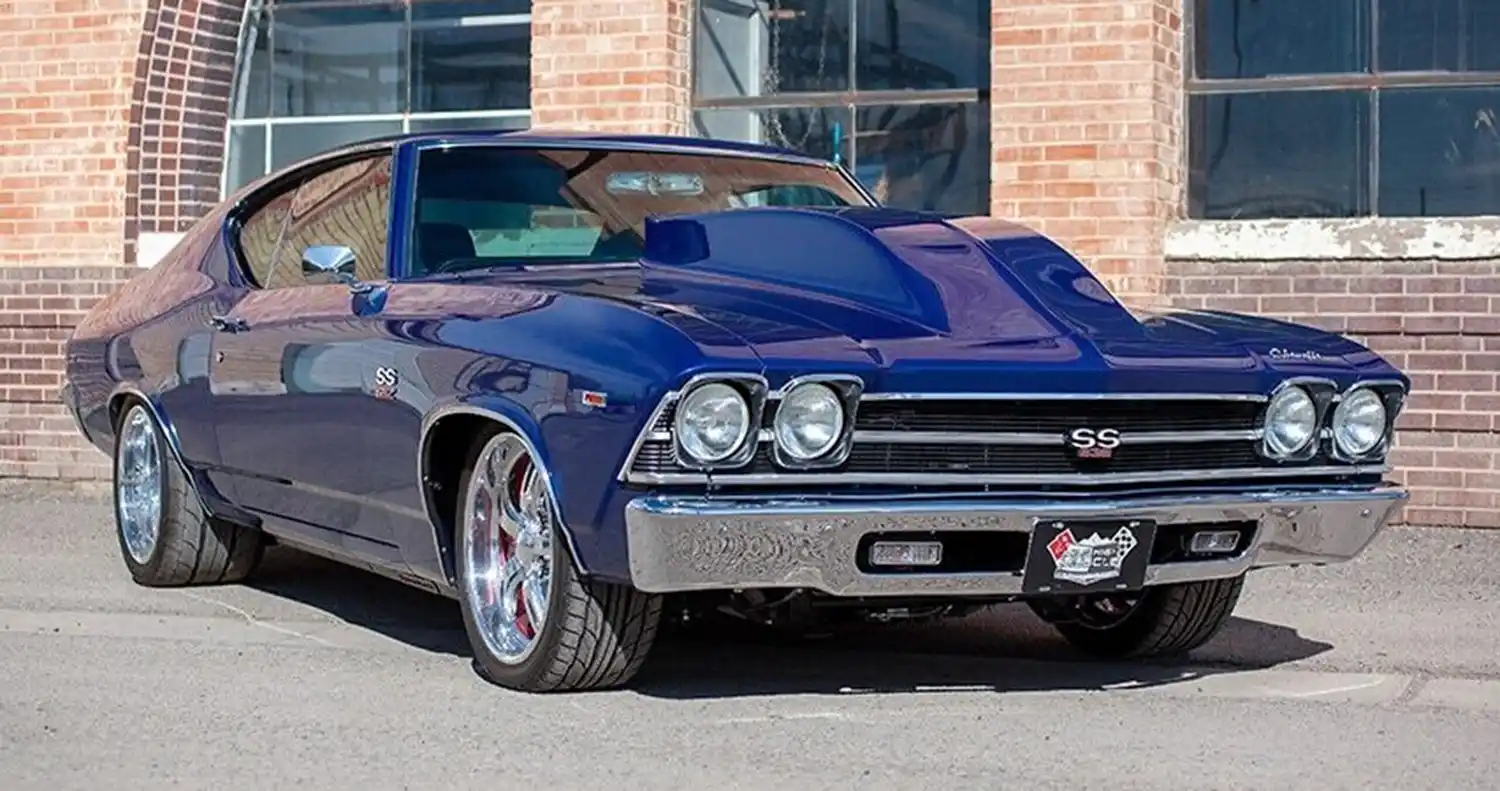
In the realm of classic American muscle cars, few stories rival the journey of Jeff Williams and Jared Gastineau with their iconic 1969 Chevelle SS. What began as a serendipitous encounter outside a Chevrolet dealership in Delta, Colorado, evolved into a passion-fueled partnership and the birth of Mile High Muscle.
A Chance Encounter
It all started when Jeff Williams, a veteran of law enforcement and a lifelong enthusiast of classic Chevelles, found himself in need of help with his beloved 1969 Chevelle SS. Fate intervened when Jared Gastineau, a skilled technician at the local dealership, stepped in to offer his expertise. Little did they know, this chance meeting would set the stage for an incredible journey into automotive craftsmanship and performance.

The Birth of Mile High Muscle
Bonded by their shared love for classic cars and a vision for pushing boundaries, Williams and Gastineau embarked on a transformative journey. What began as a restoration project for Williams’ Chevelle soon blossomed into something greater. Fuelled by their passion, they founded Mile High Muscle, a premier shop renowned for its expertise in classic car restoration and performance upgrades.
Unleashing the Beast: Chevrolet Performance ZZ632 Engine
Central to the allure of the Chevelle is its heart — the Chevrolet Performance ZZ632 engine. Built for uncompromising performance, this 632-cubic-inch powerhouse generates a staggering 1,004 horsepower and 876 lb.-ft. of torque on 93-octane pump gas. Designed with EFI technology, a crank-trigger ignition system, and Pro Stock-inspired RS-X cylinder heads, the ZZ632 represents a fusion of old-school muscle with cutting-edge engineering.
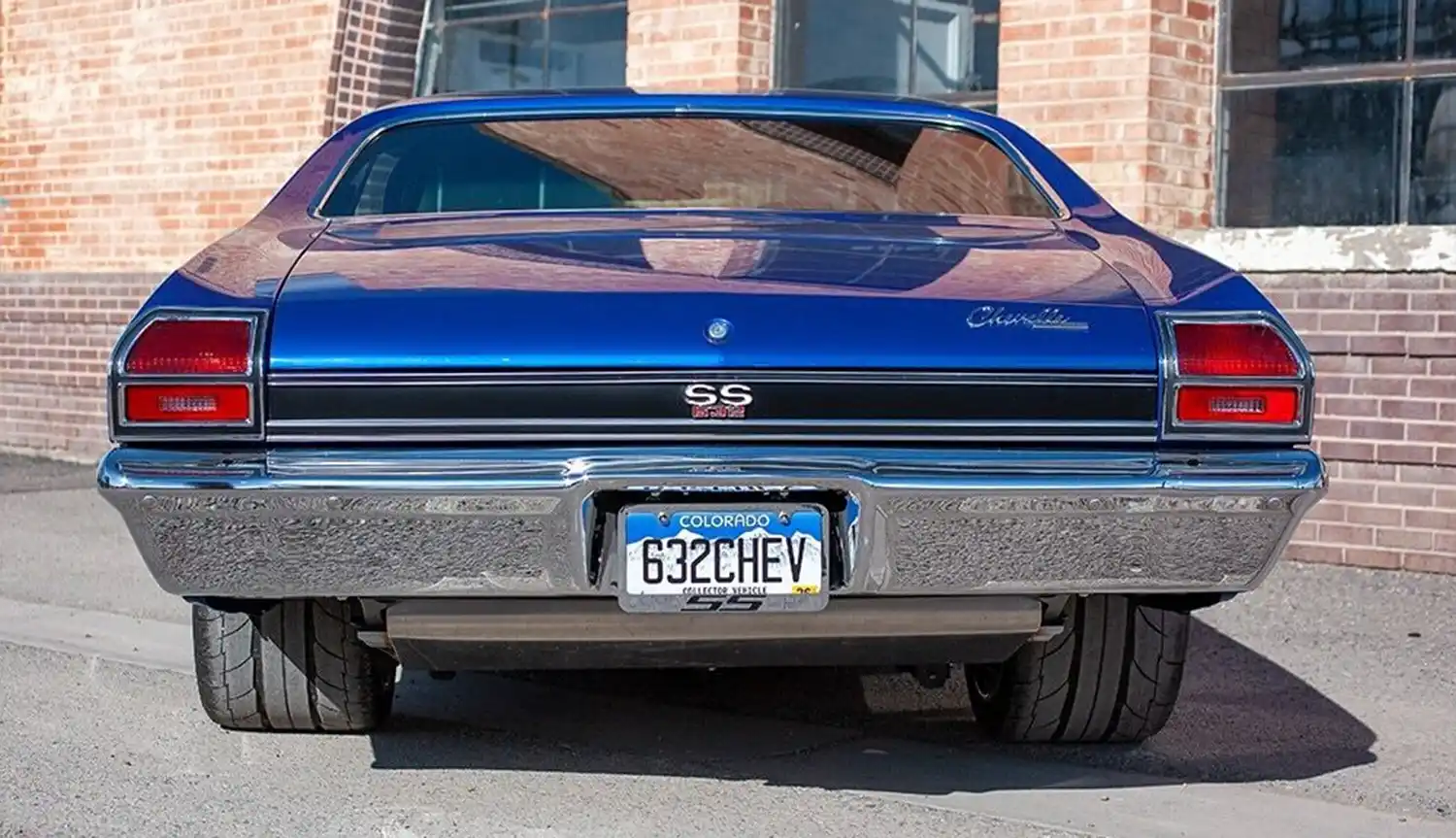
Engineering Marvels and Customization
Mile High Muscle’s journey with the Chevelle wasn’t just about horsepower figures. It was a meticulous process of customization and enhancement. From upgrading the suspension and rewiring the entire vehicle to installing a TREMEC TKO 600 transmission, every detail was crafted to enhance both performance and reliability.
Beyond the Engine: Crafting a Masterpiece
Beyond its impressive powertrain, the Chevelle stands out with its Mediterranean Maserati Blue paint — a striking hue that captivates onlookers at every show. Meticulously restored and upgraded with modern amenities like Wilwood brakes, Nitto tires, and a Speedtech chassis, the Chevelle exemplifies the perfect blend of classic aesthetics with contemporary performance.

A Testament to Passion and Precision
For Jeff Williams and Jared Gastineau, Mile High Muscle isn’t just a business; it’s a testament to their unwavering dedication to craftsmanship and the pursuit of automotive excellence. With each project, they strive to exceed expectations and redefine what’s possible in the realm of classic muscle car restoration.
The Legacy Continues
As the Chevelle roars to life with the ZZ632 engine, it symbolizes more than just horsepower and torque. It embodies the spirit of innovation, craftsmanship, and the enduring allure of classic American muscle. At Mile High Muscle, every project is a celebration of automotive history and a testament to the passion that drives us forward.

Engine Specifications:
- Displacement: 632 cubic inches (10.4 liters)
- Configuration: V8
- Block: Tall-deck Sportsman Bowtie block
- Cylinder Heads: Pro Stock-inspired RS-X cylinder heads
- Fuel Delivery: Electronic Fuel Injection (EFI)
- Ignition: Crank-trigger ignition system
- Camshaft: High-performance hydraulic roller camshaft
- Pistons: Forged internals
Performance:
- Horsepower: 1,004 hp @ RPM
- Torque: 876 lb.-ft. @ RPM
- Fuel Requirement: 93-octane pump gas
- Applications: Designed for competition vehicles
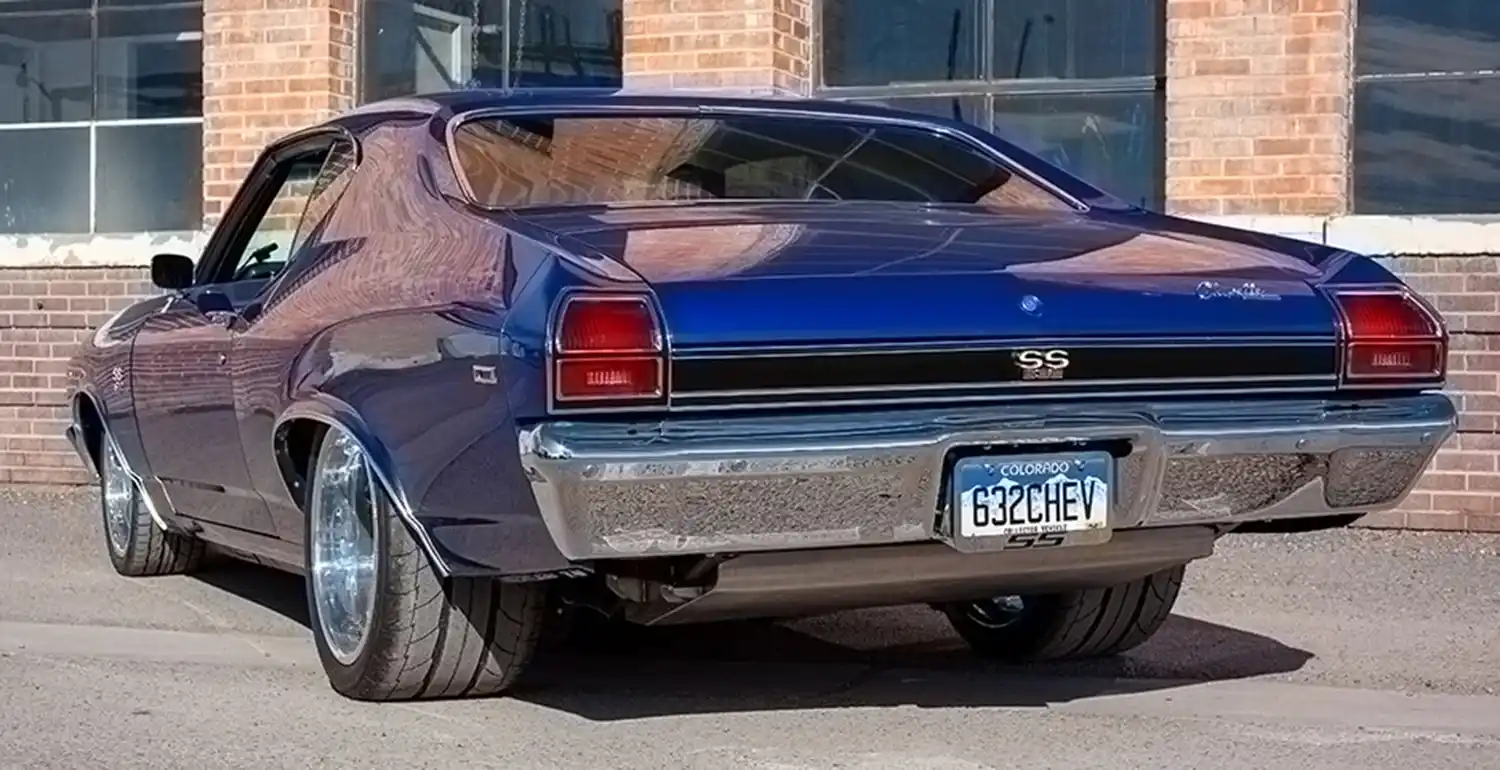
The story of Mile High Muscle and the 1969 Chevelle SS is a testament to the transformative power of passion and perseverance. From a chance encounter to creating one of the most formidable classic muscle cars on the show circuit, Jeff Williams and Jared Gastineau have forged a legacy that continues to inspire enthusiasts worldwide. With the Chevrolet Performance ZZ632 engine at its core, the Chevelle stands as a timeless icon of automotive excellence and a true representation of Mile High Muscle’s commitment to pushing boundaries and exceeding expectations.
Source: Chevrolet/The-Block
This Article use tools from Chatgpt

